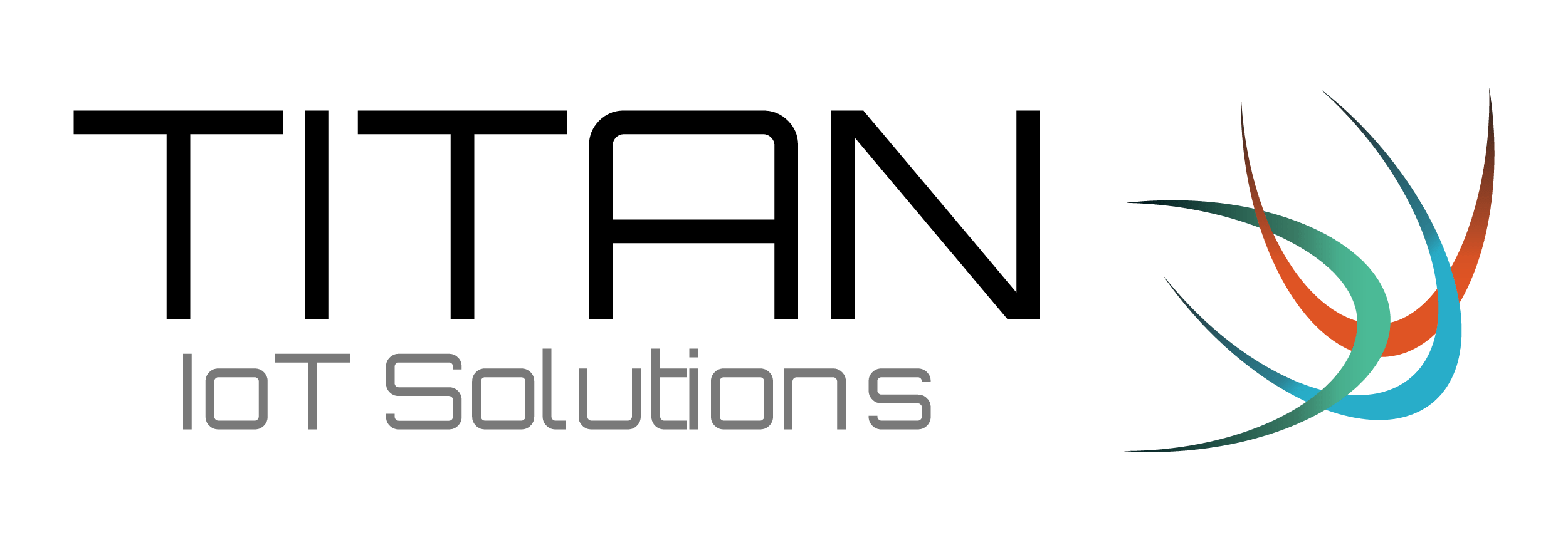If you have decided to buy an antenna to improve the speed of your 4G or 5G router but you don’t know how to make it work properly, in this post we are going to explain the keys so that you know how to install your 4G or 5G antenna optimally.
Tips for installing your 4G or 5G antenna
Find the best location . Before anchoring or fixing the antenna, do several speed and latency tests, ideally all at the same time and taking at least 3 measurements, then take the average and compare locations.
The higher the better . Typically, having a lot of height will allow the 4G antenna to be in a better position to obtain a “visual link” to the operator’s base antenna (telephone antenna). In addition, you will avoid other obstacles and the effect of the so-called “Fresnel zone”
Beware of interference . Avoid having your antenna cable near, parallel to, or crossing AC power cables, motors, air conditioners, etc. This can cause interference.
Cables and connectors . Each antenna for each use must have the appropriate connector, typically SMA, make sure it is male or female. As well as the appropriate cable for its impedance, it must be 50 ohms. Screw and insulate the connectors well.
Less cable, better . This is one of the most important points: using low-loss cables is ideal, since terminal equipment (routers, mobile phones) work with very little power in telephony, and signal loss is significant. In fact, the fewer meters of cable the better, no more than 10, and they will always be to give height to the antenna, not to run the cable inside the house. In this case, it is better to change the location of the router, shorten the meters of cable and then run an Ethernet cable or use WiFi repeaters.
Which 4G or 5G Antenna Should I Choose?
MIMO or SISO antenna ?
A MIMO (Multiple Input, Multiple Output) antenna is the best option, since in 3G the bounces are used and in 4G the transmission and reception is done with cross-polarization (vertically and horizontally), which allows for greater speed in the transmission and reception of data (among other factors).
Directional or Omnidirectional Antenna?
If your antenna is going to be used in an urban environment, it is best to use an omnidirectional antenna as they allow signals to be transmitted and received in 360 degrees and do not need to be oriented.
Otherwise, if your antenna is going to be used in areas with low coverage or far from cell towers, we recommend using a directional antenna . These have a greater range since they transmit and receive signals in a “straight line”. This type of antenna must be oriented towards our operator’s 4G tower.
Are any 4G and 5G antenna manufacturers good?
The answer is NO. Unfortunately, nowadays it is very easy to “manufacture” a product, fill out a technical sheet with “numbers” and put it on the market. But what is more complicated is that those numbers are real and that they work correctly. Sometimes cheap is expensive. Based on our long experience, we always recommend Poynting 4G antennas for their reliability and durability.

